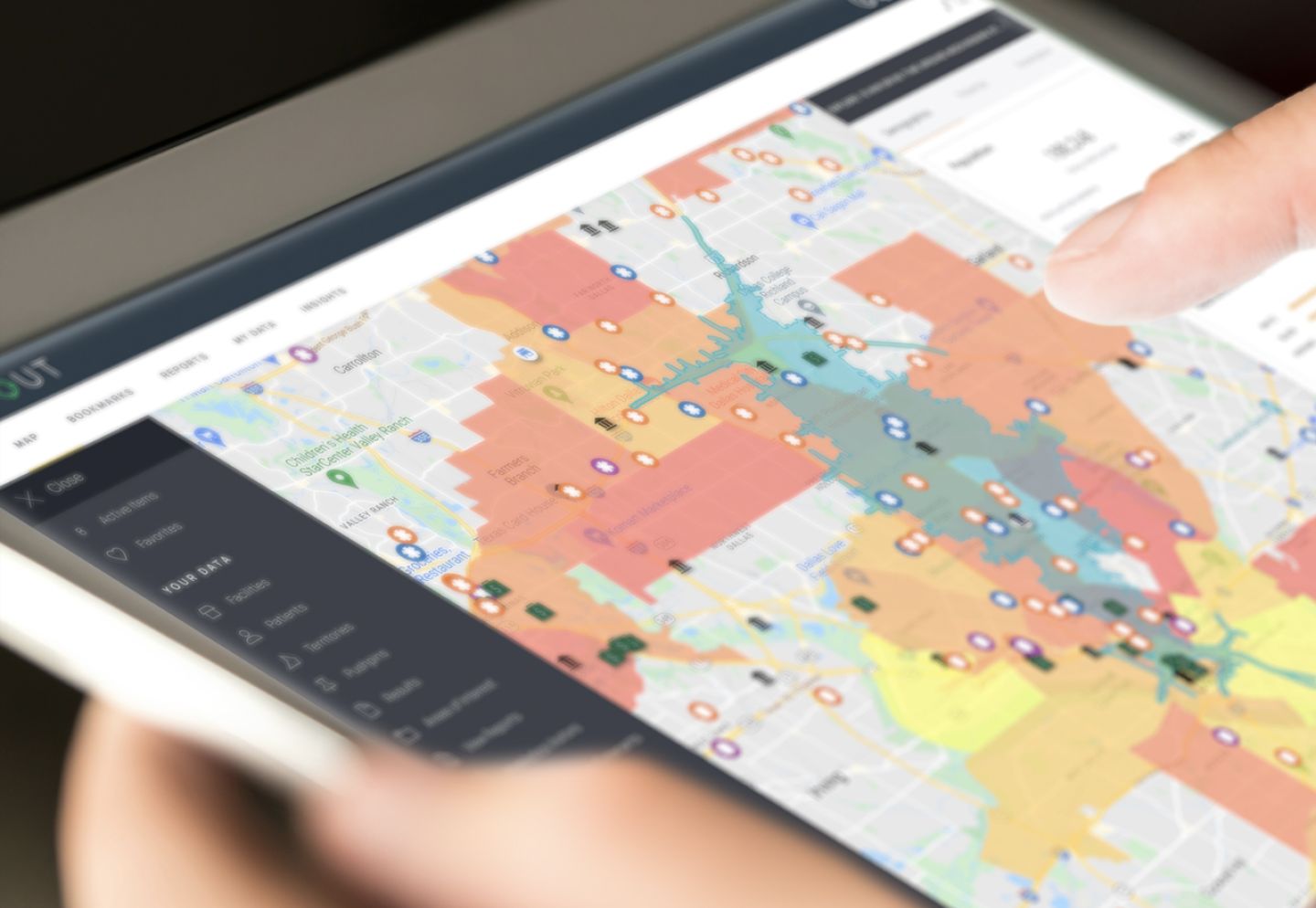In today's hyper-competitive healthcare market, organizations must use every tool available to stay ahead of the game. One of the most important tools is consumer analytics, which enables healthcare providers to make data-driven decisions about everything from site selection to service line optimization to marketing strategies. The organizations that fail to embrace the power of analytics risk being left behind as deep-pocketed private equity firms swoop in and steal market share. But how can healthcare organizations use consumer analytics to gain a competitive edge and secure their future success?
According to Bill Stinneford, EVP of Revenue at Buxton, one of the best tips for healthcare organizations looking to embrace consumer analytics is to be open to new methods and ideas. While healthcare systems are proficient in clinical analytics, they often lack the expertise in growth analytics, meaning they don’t have a clear understanding of how to optimize where to place new facilities, which service lines to offer, and how to market to potential patients. By embracing new analytic strategies, organizations can make more informed decisions that benefit the entire organization.
Embracing analytics is particularly important given the current competitive environment. Healthcare systems are not only competing with other healthcare organizations but also private equity firms that have entered the market in recent years. According to a report by Bain & Company, private equity investment in healthcare reached a record high in 2021 with 2022 being the second biggest year on record.
Because these firms have deep pockets, they are willing to invest in areas where they see inefficiencies, and where they see inefficiencies, they will, as Stinneford states, “embrace analytics,... putting them at a competitive advantage against health systems.” Not only that, but PE firms also focus on the more profitable service lines, leaving unprofitable sectors to healthcare systems.
For example, the landscape for physician practice management companies has gained particular PE interest based on the Pitchbook quarterly report from 2022. According to Pitchbook, 2022 was also characterized by significant strategic M&A activity in primary care and multispecialty networks with firms, payviders, and retailers jostling for advantageous positions in the transition to value-based care. Another area of interest in the healthcare industry for PE firms is the skilled care and behavioral health segments because of the increasing demand and potential to reduce total cost of care (Pitchbook).
To succeed, healthcare systems need to make money on profitable service lines to pay for the unprofitable pieces of their business, and to grow their portfolio of profitable service lines, systems need to embrace analytics to stay ahead of the competition. By utilizing consumer analytics and modeling capabilities, organizations can make informed growth decisions and ensure they're capturing their share of the profitable business.
In conclusion, healthcare organizations need to incorporate consumer analytics into their decision-making process to stay competitive in today's market, and embracing consumer analytics means being open to new ideas and strategies when it comes to growth and marketing. By understanding patients as consumers, implementing modeling techniques, and using technology, healthcare systems can remain competitive and thrive in a highly competitive industry.
As Stinneford believes, "it's critical to be open to [consumer analytics] because it's what’s being used against them right now. Embracing analytics, embracing technology, and embracing a retail focus with an understanding of patients as a consumer, as well as leveraging modeling to make growth decisions, are all critical over the next five to ten years for the survival of these health systems. I firmly believe that."


